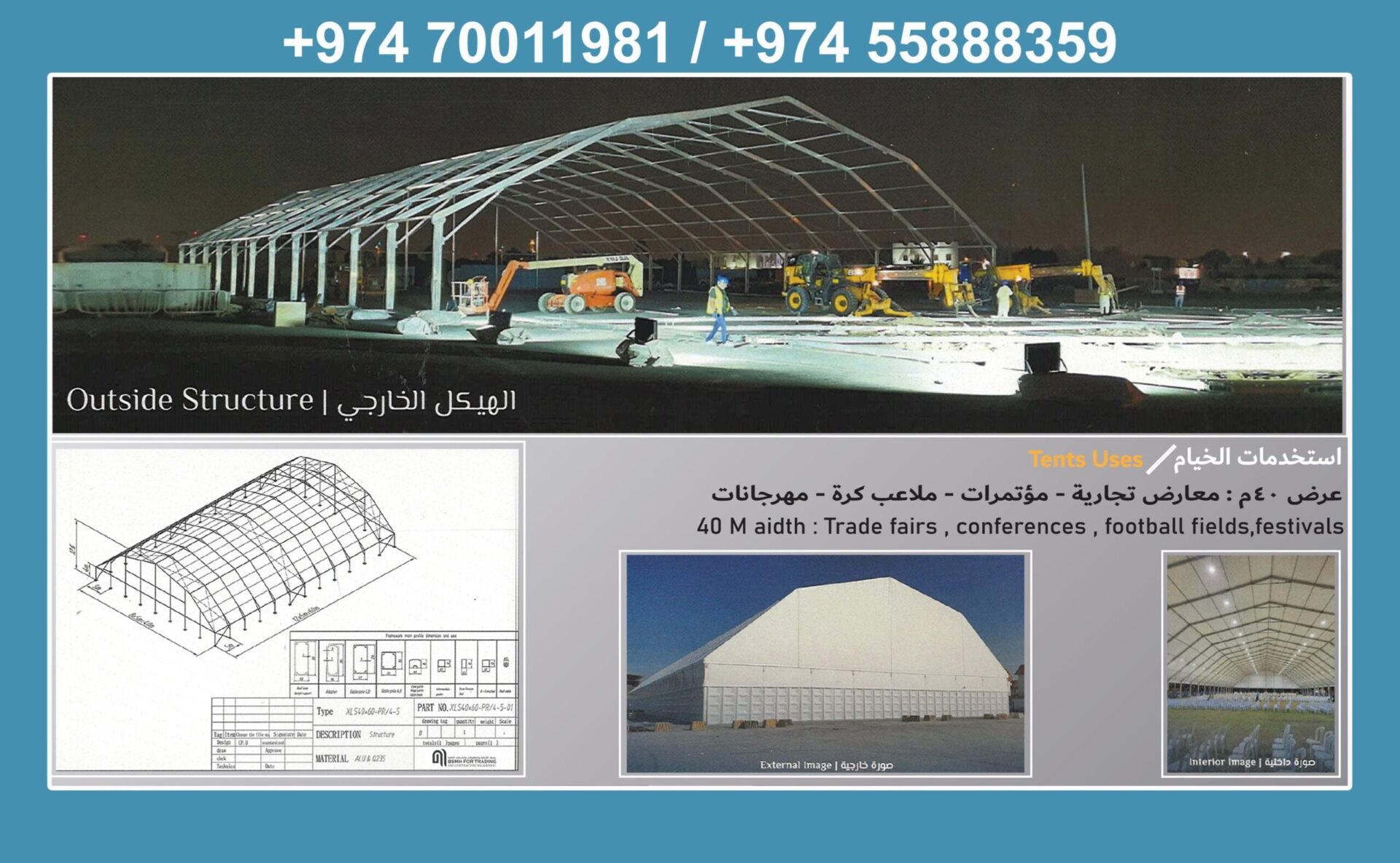Materials Used to Build Tents for Events
 Event tents are constructed using a variety of materials that provide durability, flexibility, and aesthetic appeal. Here’s an overview of the key materials commonly used:
Event tents are constructed using a variety of materials that provide durability, flexibility, and aesthetic appeal. Here’s an overview of the key materials commonly used:
1. Fabric
Polyester
– Characteristics: Strong, durable, and resistant to stretching and shrinking.
– Usage: Often used for the canopy and sidewalls due to its lightweight nature and UV resistance.
Polyethylene (PE)
– Characteristics: Waterproof, tear-resistant, and economical.
– Usage: Commonly used for budget-friendly tents, providing reliable protection against the elements.
PVC (Polyvinyl Chloride)
– Characteristics: Heavy-duty, waterproof, and flame-retardant.
– Usage: Ideal for high-end tents that require robust weather resistance and fire safety standards.
Canvas
– Characteristics: Natural, breathable, and aesthetically pleasing.
– Usage: Preferred for traditional and vintage-style tents, often treated for water resistance and mildew protection.
Vinyl-Coated Polyester
– Characteristics: Combines the strength of polyester with the waterproof and UV-resistant properties of vinyl.
– Usage: Suitable for long-term installations and events requiring robust weather protection.
2. Frame Materials
Aluminum
– Characteristics: Lightweight, corrosion-resistant, and easy to transport.
– Usage: Widely used for tent frames due to its combination of strength and portability.
Steel
– Characteristics: Extremely strong and durable, but heavier than aluminum.
– Usage: Used for larger tents and structures requiring extra stability, often with a galvanized coating to prevent rust.
Fiberglass
– Characteristics: Lightweight and flexible, yet strong.
– Usage: Occasionally used for smaller tent poles and supports, offering easy setup and transport.
3. Anchoring Materials
Steel Stakes
– Characteristics: Strong and durable, available in various lengths.
– Usage: Used to anchor tents securely to the ground, particularly on soft surfaces like grass or dirt.
Anchoring Plates and Weights
– Characteristics: Heavy, stable, and easy to position.
– Usage: Employed in areas where ground staking is not possible, such as concrete or paved surfaces.
Guy Ropes and Ratchet Straps
– Characteristics: High tensile strength, adjustable, and weather-resistant.
– Usage: Used to tension the tent fabric and secure the structure against wind.
4. Additional Materials
Windows
– Material: Clear PVC or mesh.
– Usage: Integrated into the sidewalls for natural light and ventilation.
Flooring
– Materials: Plywood, interlocking tiles, or heavy-duty carpets.
– Usage: Provides a stable and comfortable surface for guests, protecting the ground beneath.
Connectors and Fittings
– Materials: Aluminum or steel.
– Usage: Used to join frame components securely, ensuring the structural integrity of the tent.
Zippers and Velcro
– Materials: Heavy-duty plastic or metal.
– Usage: Used for closures on doors, windows, and sidewalls, providing easy access and secure sealing.
The choice of materials for building event tents depends on the specific requirements of the event, including durability, weather resistance, and aesthetic considerations. By selecting the appropriate combination of fabrics, frame materials, and anchoring systems, you can ensure a sturdy, reliable, and attractive tent that meets the needs of any event.






